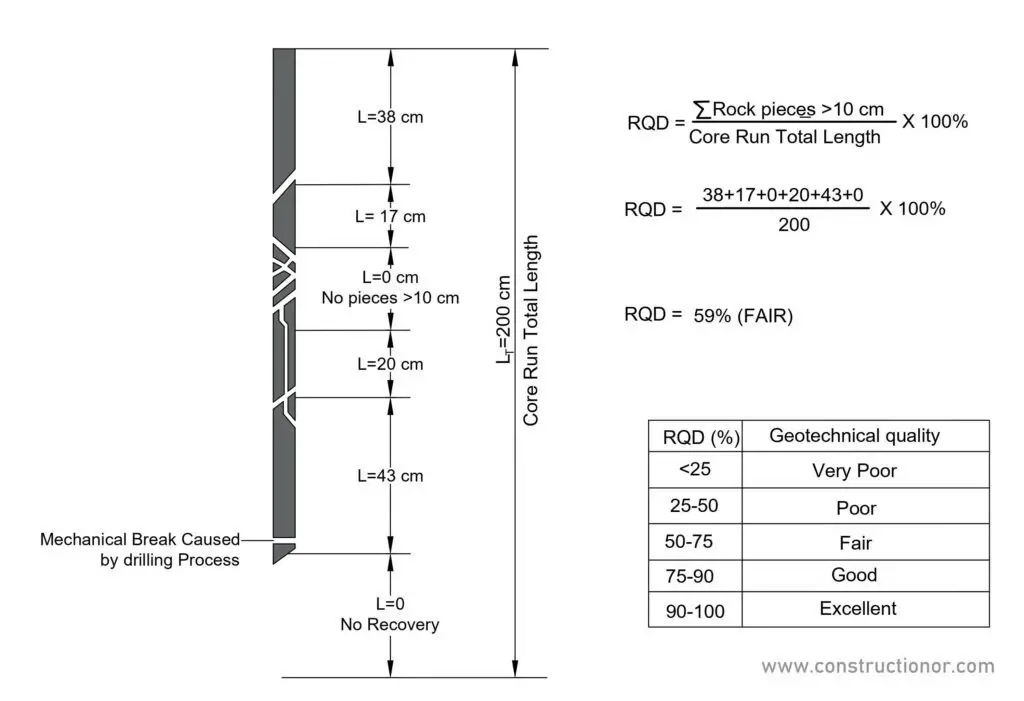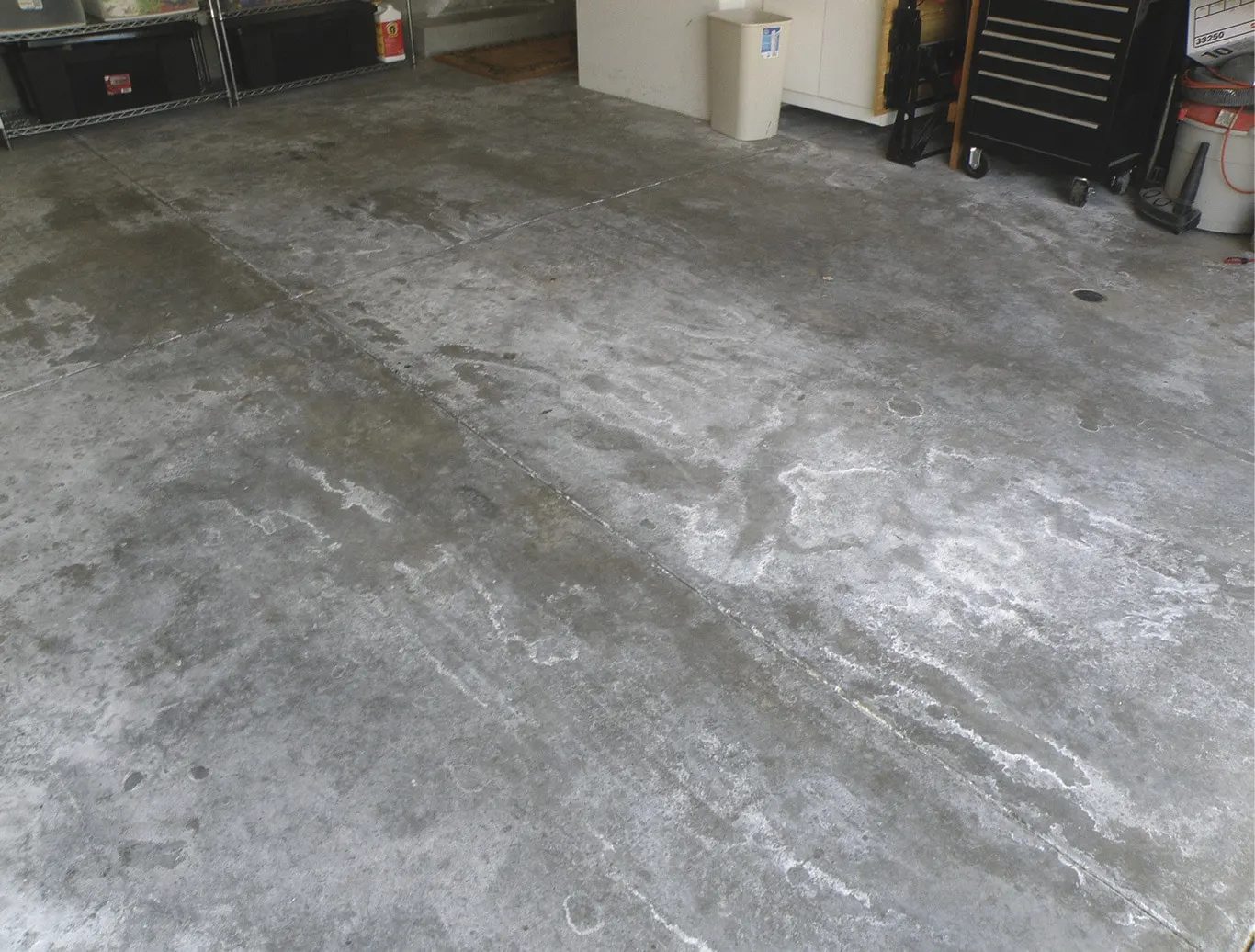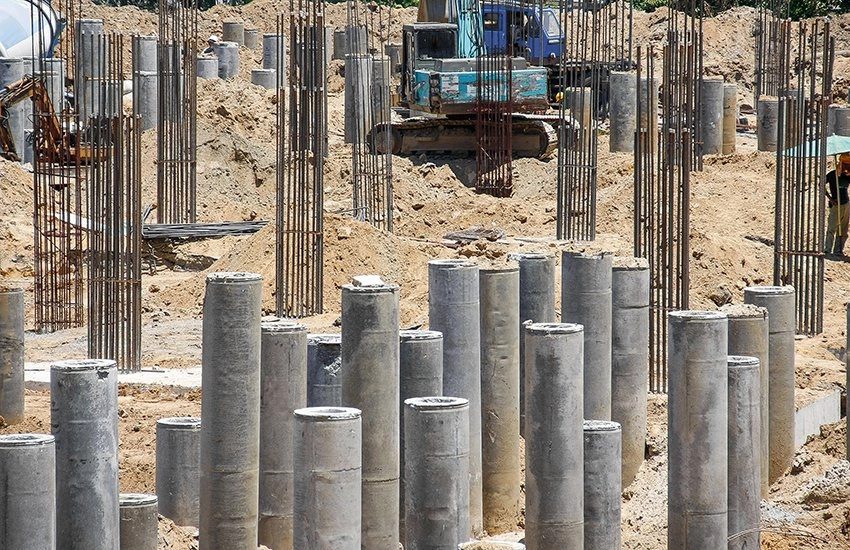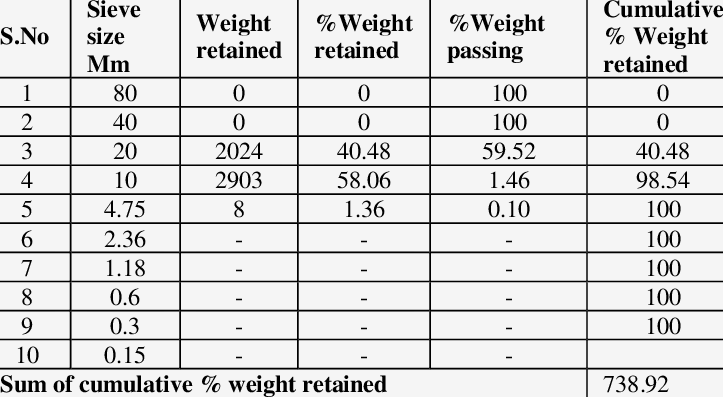A floating foundation is a type of foundation that is built by excavating the soil in such a way that the weight of the structure built on the soil is equal to the total weight of the soil excavated from the ground, which includes the weight of water in the soil before the construction of the structure.
The result obtained in this foundation is zero settlement of the building.
Here we will learn about floating foundation, advantages & disadvantages of floating foundation.
Introduction to floating foundation:
The principle of the floating foundation is an exact balance of the weight removed against the weight imposed.
While selecting this foundation, it is important that the foundation soils should possess such strength that shear failure of soil will not occur under the building load.
In the case of differential settlements, this foundation is used to reduce settlements to an acceptable value.
Pile Foundation is a type of floating foundation in which footing is supported by skin friction.
Floating foundation are mainly required in two cases:
- When the strength of the soil is sufficient to protect it from shear failure, but due to the load of the superstructure, cracks are more likely to occur after disposal and construction.
- There is an absence of a strong layer at the proper depth and the shear strength of the soil is much low that if the building is to be installed at the ground level, shear failure will occur.
Advantages of floating foundation:
1.Low Load-bearing Capacity:
Floating foundations are most suitable in areas with low load-bearing capacity, when a building is built on loose soil or if the degree of compression compatibility in the soil varies.
2.Nearby buildings:
A temporary foundation can be laid when the building is close to the foundation.
To build deeper foundations would interfere with the structure of other buildings.
3.Moisture:
Floating foundation can be used on high moisture soils.
The position of the foundation above the earth helps to create a moisture barrier between the ground and the structure.
4.Trenches:
Floating foundations require very little digging because deep footer trenches are not required.
In addition, there is no need to disturb the earth beneath the building where long-established tree roots or ground water may occur.
5.Movement:
If the earth is expected to move due to high underground moisture or high levels of vibration.
In the case of mining areas or the foundations of highways used in large quantities will not be compromised.
Disadvantages of floating foundation:
- It is very difficult to change home systems such as plumbing, electricity & more.
- Future problems with plumbing drains may require digging into concrete.
- The value of the house may be reduced due to the perception of cheap.
- Improperly constructed as lacking internal reinforcement, slabs can crack in earthquakes and be difficult or impossible to repair.
- In tornado areas, the lack of an underground hiding place, however, can be addressed by constructing an above-ground reinforced safe room.
Uses of floating foundations:
- The floating foundation is used for the soil whose shear strength is low that it can rupture the soil.
- The excavation for the foundation needs to be executed with care and it should be suitably supported by sheet piling, soldier piles, timber lagging, or some other normal method.
Also read: Grillage Foundation, Pier Foundation & Well foundation
Conclusion:
Foundation settlement is a major problem faced by geotechnical engineers.
If the settlement is severe, it can lead to the complete collapse of the structure, even if the factor of protection against shear failure is high.
Floating foundation are the best option for geotechnical engineers to reduce foundation problems.










This type of knowledge is not available in called books. thanks.